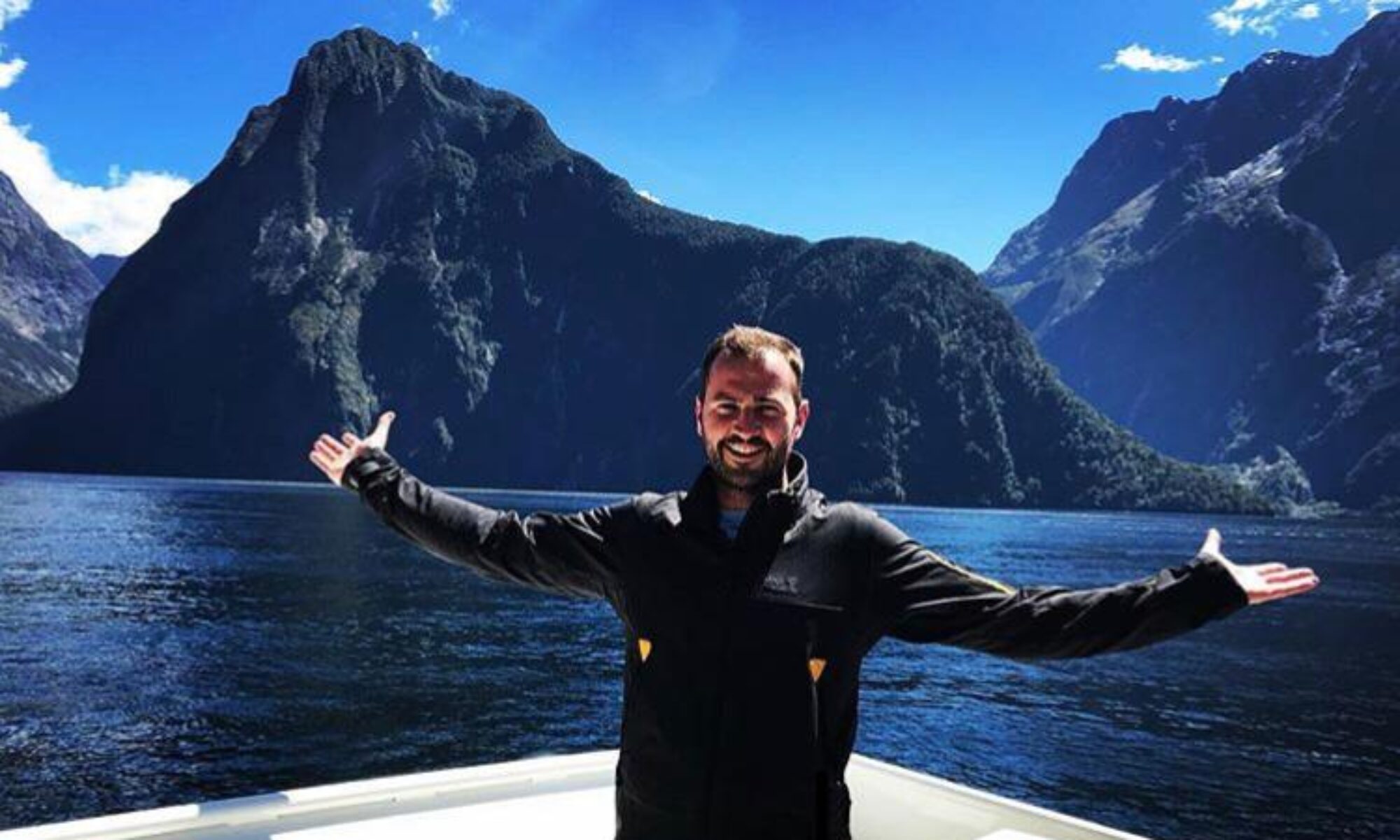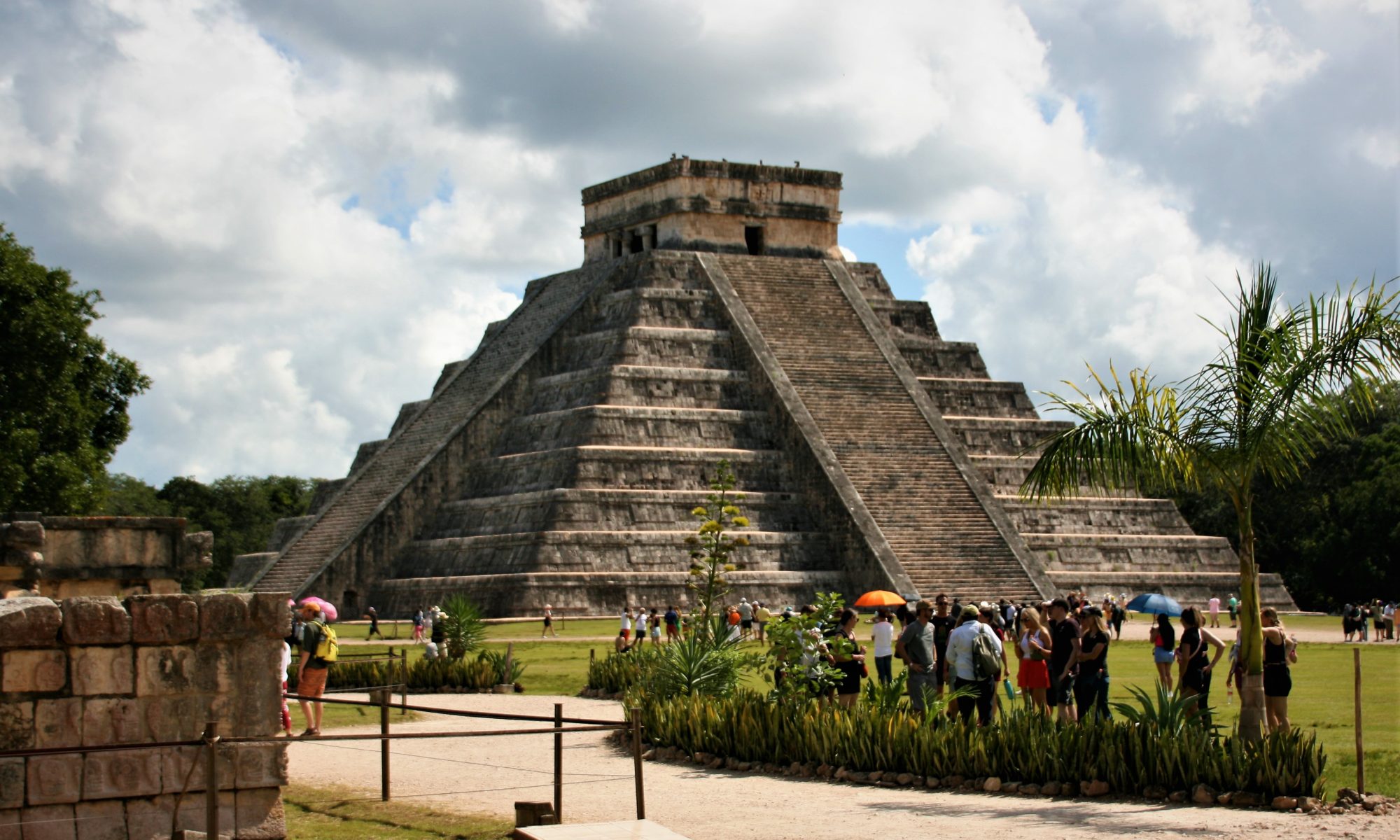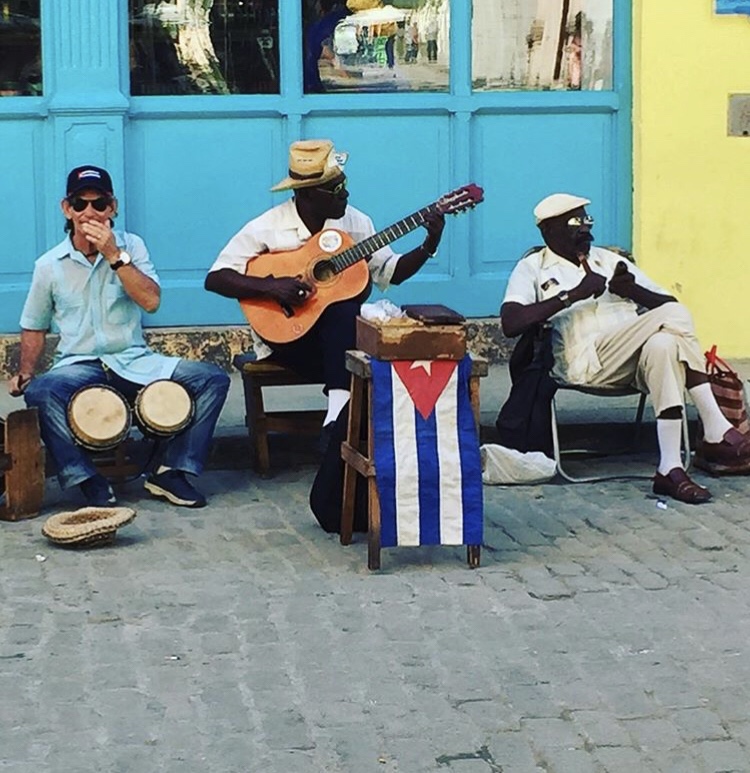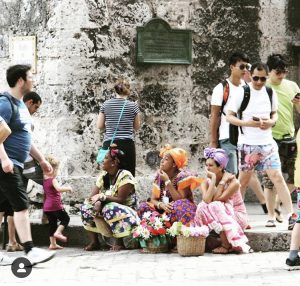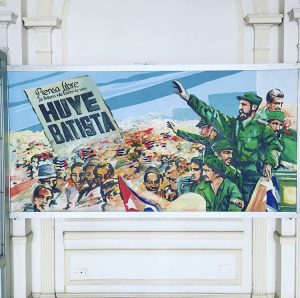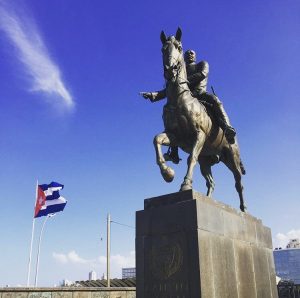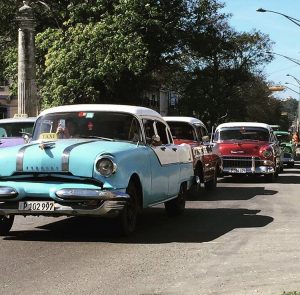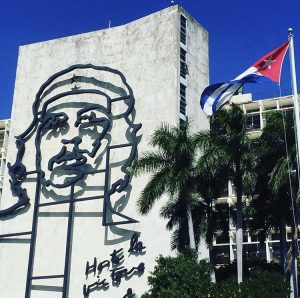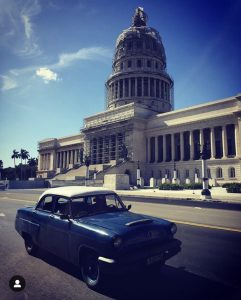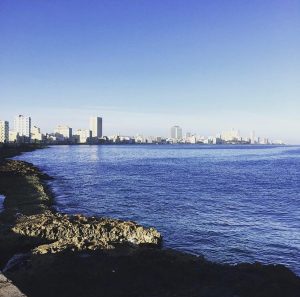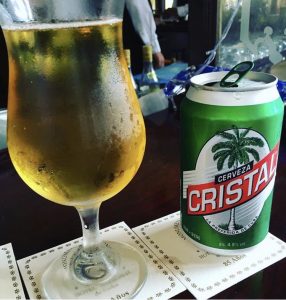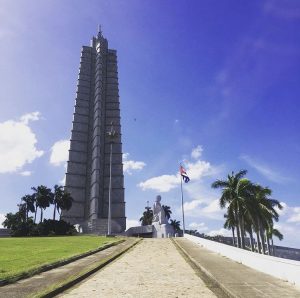Chichén-Itzá – not to be confused with chicken at Itsu. How can you say that you have been to the Yucatán peninsula if you’ve not visited the archaeological site of Chichén-Itzá? Drag yourself away from the white powdery beaches of the Mayan Riviera and you will be blessed with an education about the classical and post classical periods of world history. It provides answers to a curiosity about the rise and fall of the Mayan, Toltec and the Mesoamerica civilisations and cultures.
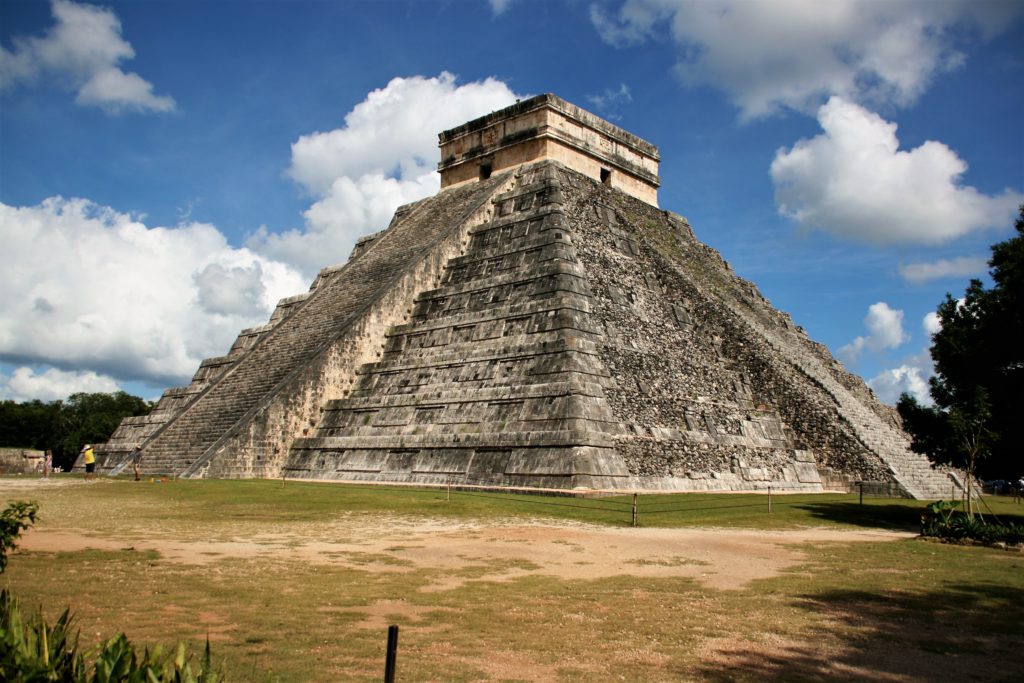
I’m struggling to learn and understand the history of my own homeland, let alone delve into the history of another country, but isn’t this what travelling does to us? We get opportunities to learn and explore different cultures that have evolved and then shaped the world in which we live today. I confess that prior to this trip that the Mesoamerican era meant absolutely nothing to me, which is surprising as I had visited this place before. This trip fed that inquisitive instinct to learn about new places. To my way of thinking I feel like the explorers and pirates of yesteryear who set off not knowing what was over the horizon. The French, British and Spanish discovered much of the east coast of the Northern and central America, but it was the Spanish who arrived, explored and conquered the Yucatán peninsula.
When the name Chichén-Itzá is mentioned or searched then the Temple of Kukulkan immediately comes to mind. The temple that everyone is obsessed with is in the heart of the Chichén-Itzá site. Chichén-Itzá provides an obscure look into the history of Mayan. The site is still an active archaeological site with discoveries being made continually. Speaking to locals and reading different sources of information will provide the enquirer with many myths and mysteries of the site. Carlos, our guide on this trip, seemed to have his own versions and theories of what might have happened here, so it is very hard to understand what is true or not. He would always refer to his ‘beautiful picture’. A phrase to which he would continually return when he wanted to show a picture to support his theory.
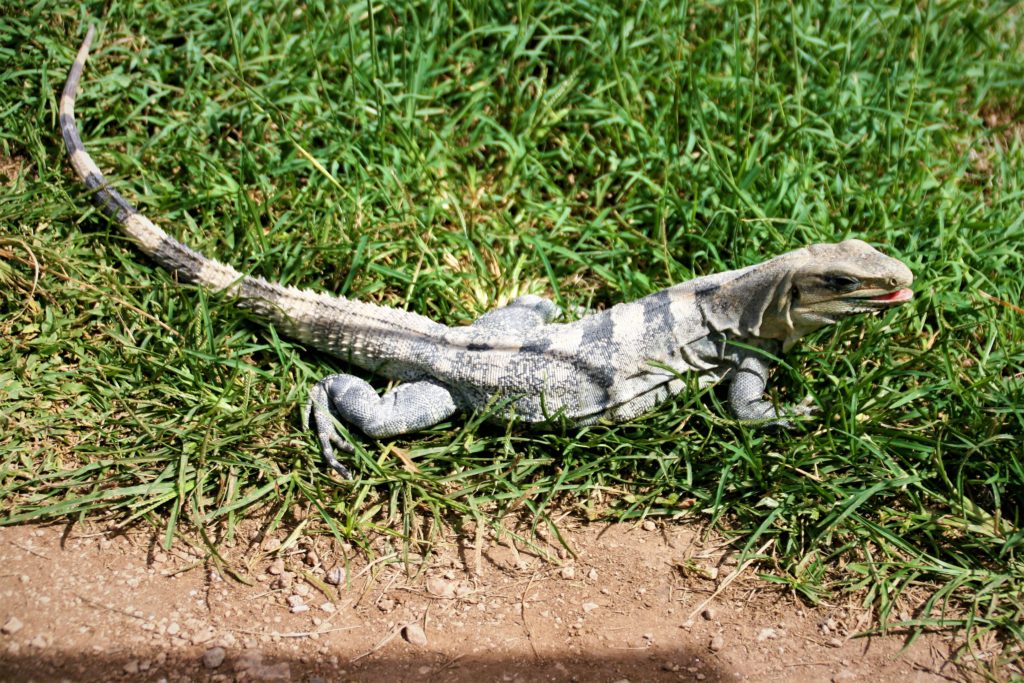
The Temple of Kukulkan is undoubtedly the showpiece to the whole site. Steeped in much history, it’s the one thing that everyone comes to see, and why not? I’ve not seen the pyramids in Egypt so I cannot compare. The temple has an ability to cause some to stand in open mouthed awe. It is also known as El Castillo (the castle). It rises imperiously to a height of 94 feet. The gloriously steep pyramid displays the accuracy and importance of astronomyto the Maya. The perfect astrological design includes 4 staircases each with 91 steps that face the cardinal points. At the top platform you’ll find one platform (a final step) add that to the simple maths of 4 times 91 and you get 365. This combined with other features give you the Mayan calendar. You were once allowed to walk to the top, that privilege was taken away as the result of spring break misdemeanours. Twice a year an optical illusion takes place at sunrise when the sun casts a shadow on the northern side, which looks like a snake is slithering down the steps. This equinox happens twice a year in the spring and autumn. Those pesky American college kids mean that climbing to the top and inside is now prohibited, a great shame as there are rumours that a smaller pyramid lies inside.
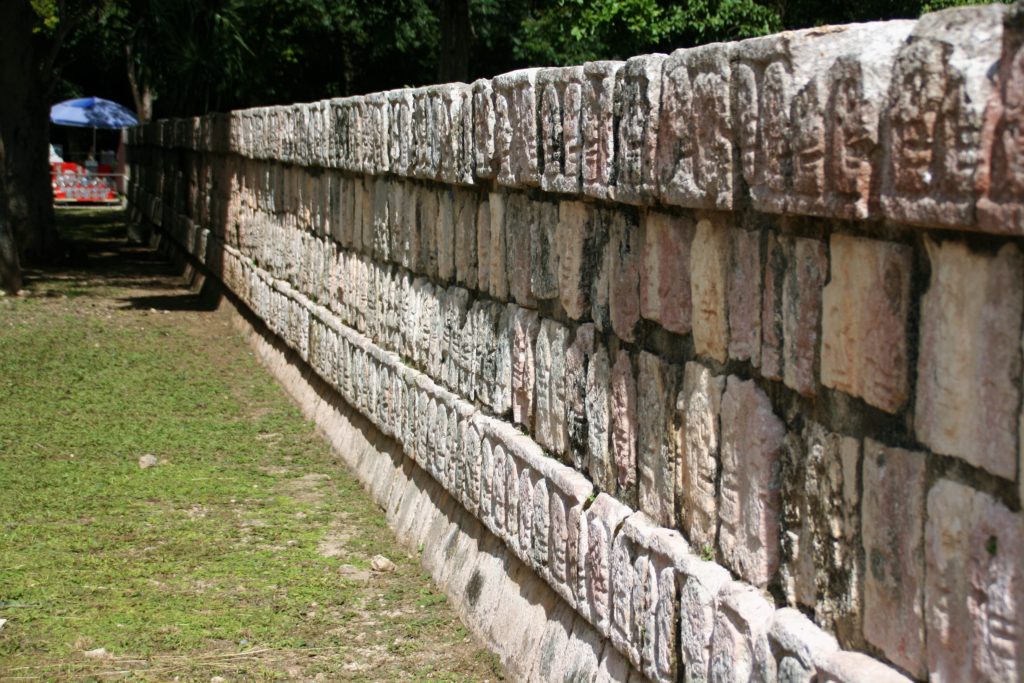
If you can drag yourself away from the one thing everyone has come to see, in the main area you will notice to behind it what looks more like a temple known as the Temple of Warriors. This rectangular building has steps in the middle up to an area where a sculpture rests in between pillars. Again, access is denied, but at the bottom of the steps are several pillars. It is rumoured that there is a pillar for each one of 450 warriors, but our trip was short so we didn’t have time to prove if this true. My guess is that this number is purely mythical.
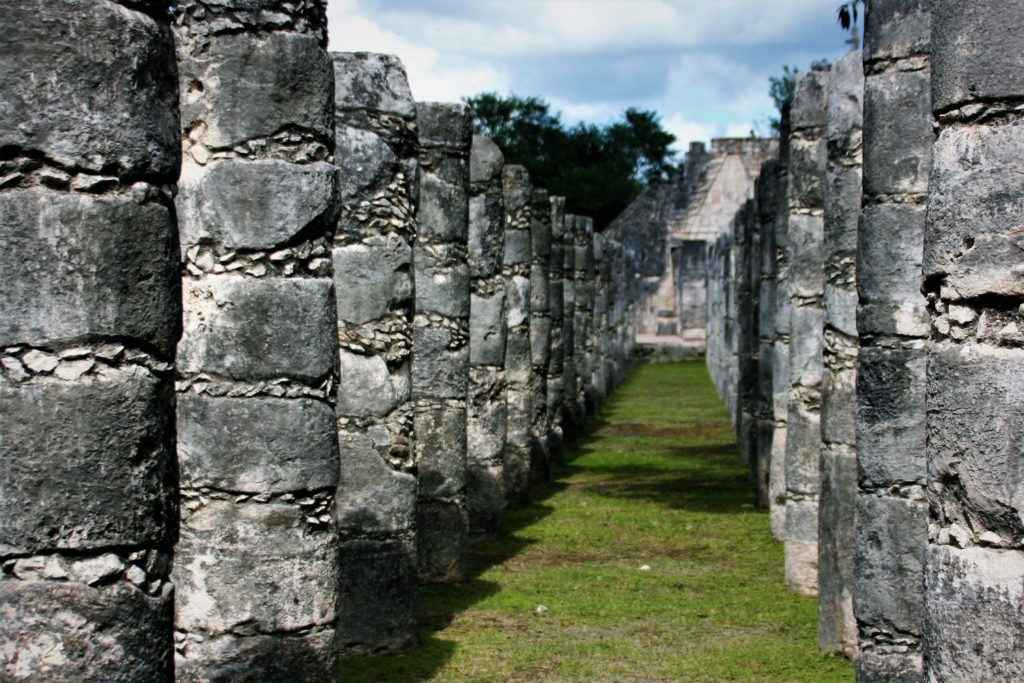
At the opposite end to the Temple of Warriors, lies the ball court. It is said that this is the largest ball court in the Mesoamerica area. Upon entering the theatre, you will be immediately drawn to the two rings situated in the walls on either side. How the game worked I still can’t understand but I believe the idea was to get the ‘ball’ through the ring on the wall. I think I’m right in thinking that the rules meant that no arms or legs were allowed to move the ball and was also played in the dark. Very strange especially when it is realised that the losers became a sacrificial offering. Can’t imagine too many wanting to take up that sport. Glad that we have moved on from those times.
My two visits have shown me what everyone comes to see. Longer time would be needed to explore the full site and see why this became a significant centre of political and economic power. Suburbs were built around the site, with connecting stone roads. Sadly, I leave this place, one of the seven new wonders of the modern world. I wish I had longer to explore the site and delve into the dark underground world of the Maya but as I was a tourist, I was caught in the rat trap of tour agendas. Had I been in traveling mode I perhaps would have learnt so much more. So, I say, “Adios, Chichen-Itza”, and look forward to visiting another wonder of the world in the near future.
